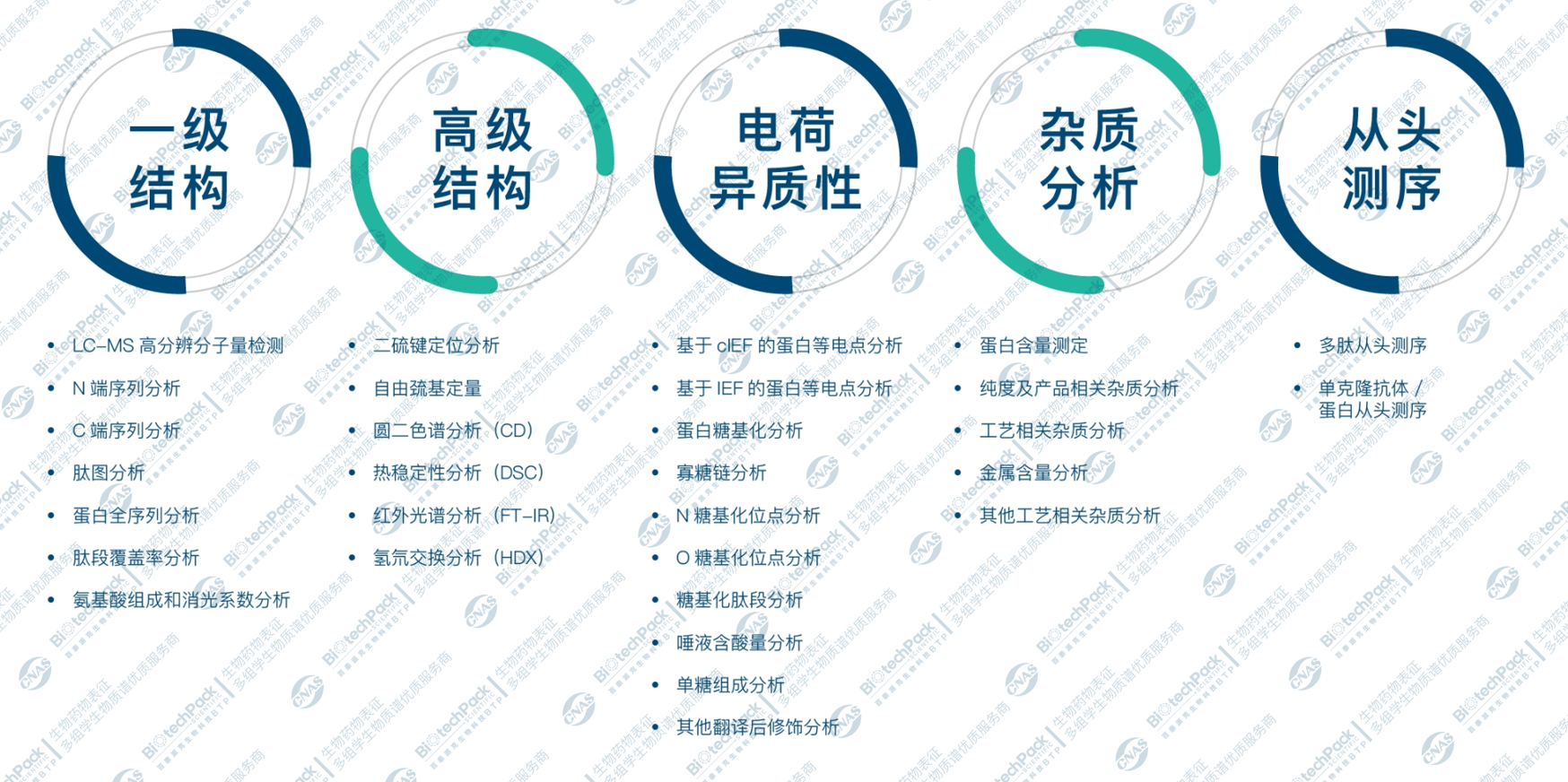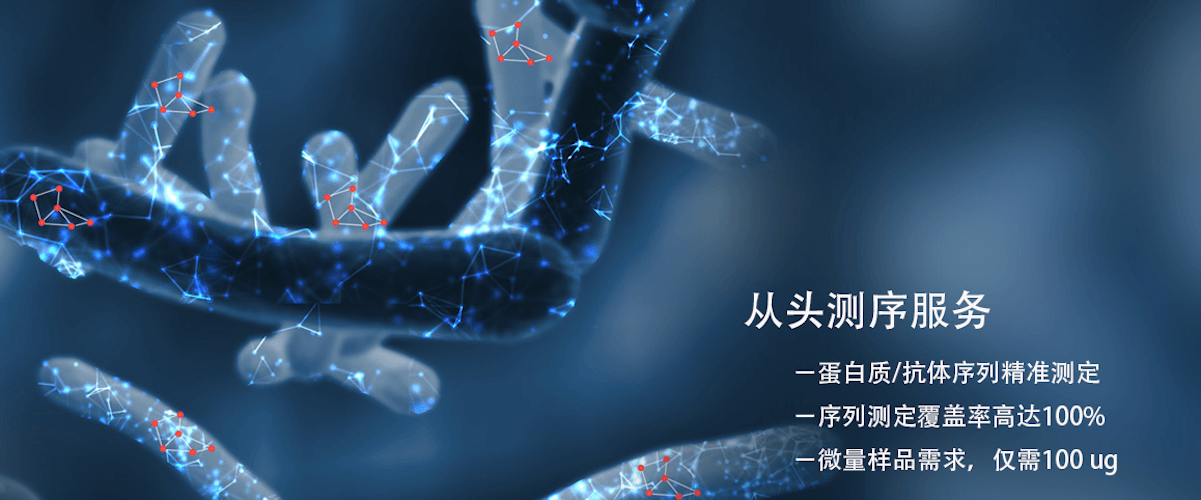Extinction Coefficient Analysis
The extinction coefficient is a measure of the intensity of light absorbed by a chemical substance at a specific wavelength. For proteins, the molar extinction coefficient at 280 nm is almost entirely dependent on the number of aromatic residues, particularly tryptophan, and can be predicted from the amino acid sequence. If the molar extinction coefficient is known, it can be used to determine the concentration of protein in solution. A common method used for determining the extinction coefficient is spectrophotometry, which is the method adopted by most biological product determinations today.
BTP BioTech has established seven testing platforms based on the dual quality systems of CNAS/ISO9001. Combined with spectrophotometry, BTP can efficiently and accurately measure the extinction coefficient of biological products. BTP also provides otherbiological product characterizationrelated services, click to learn more.
Extinction Coefficient Analysis
According to the Lambert-Beer law, when a beam of monochromatic light passes through a flow cell and the mobile phase does not absorb light, the absorbance A is proportional to the concentration C of the absorbing species and the path length L of the flow cell. Therefore, by measuring the absolute content of the protein and the extinction value at 280 nm wavelength with a 1 cm path length, the protein's extinction coefficient can be calculated using the formula ℇ=A/cl.

BTP BioTech biological product characterization services

Bilingual project reports in Chinese/English
In the technical report, BTP BioTech will provide you with a detailed bilingual technical report in Chinese and English, which includes:
1. Experimental procedures (in Chinese and English)
2. Relevant instrument parameters (in Chinese and English)
3. Raw data
4. Extinction coefficient analysis results
One-stop extinction coefficient analysis service
You only need to place an order and send the sample
BTP BioTech's one-stop service includes: sample processing, machine analysis, data analysis, and project reporting
Related services
Other process-related impurity analysis
Product-related impurity analysis
Protein purity analysis (size-exclusion/reverse-phase chromatography)
How to order?





